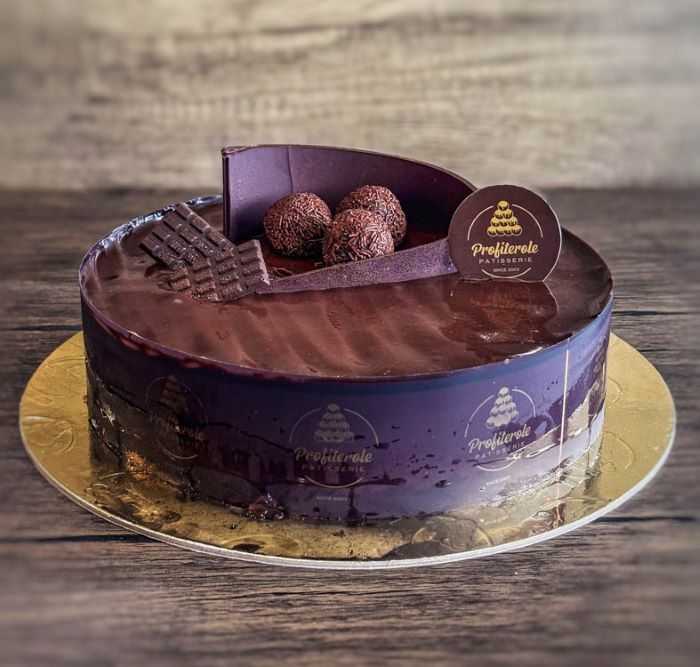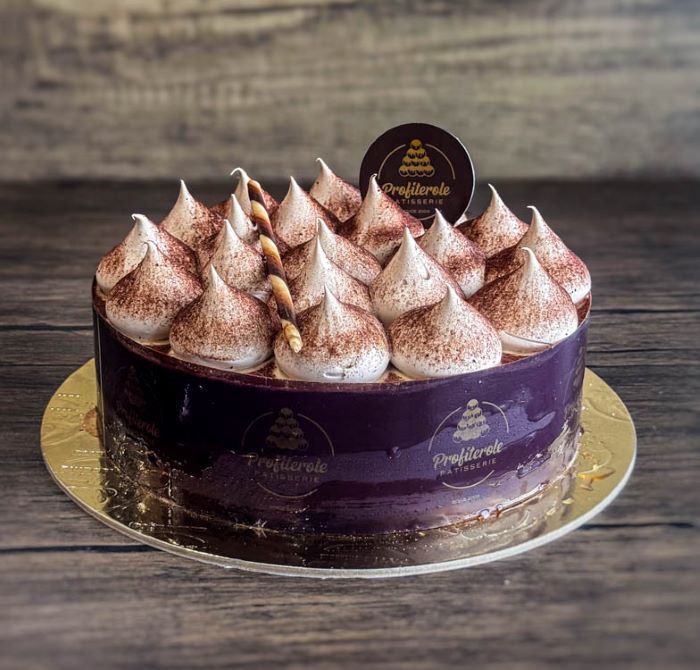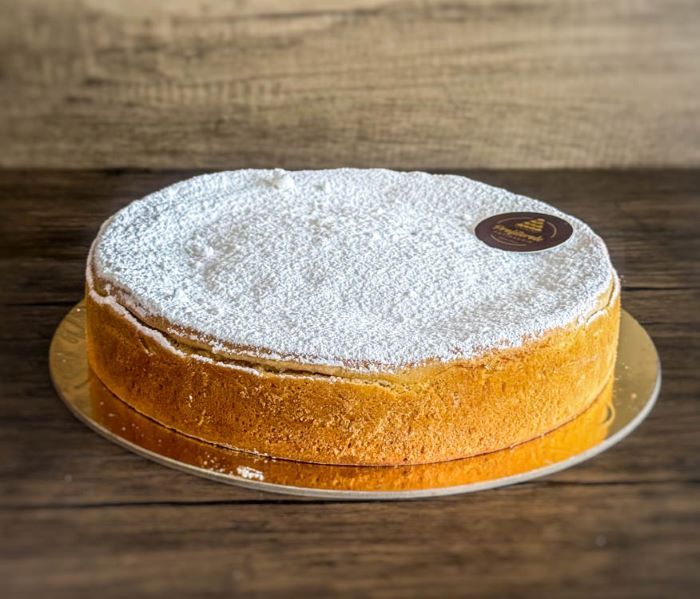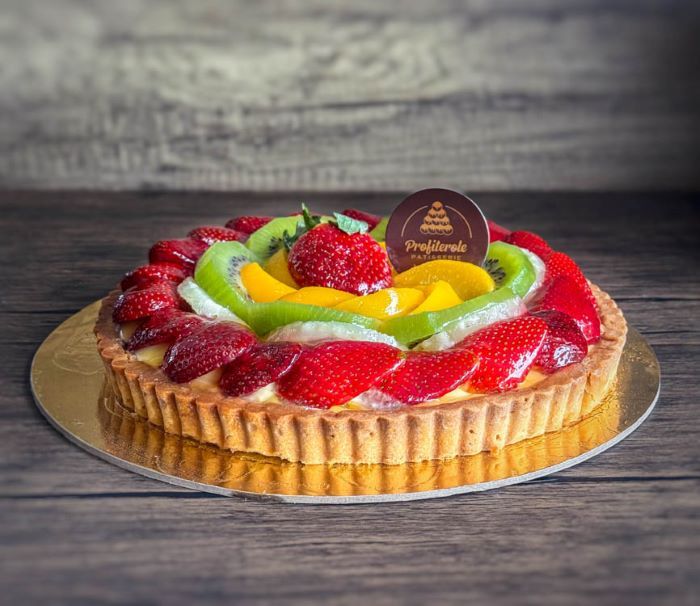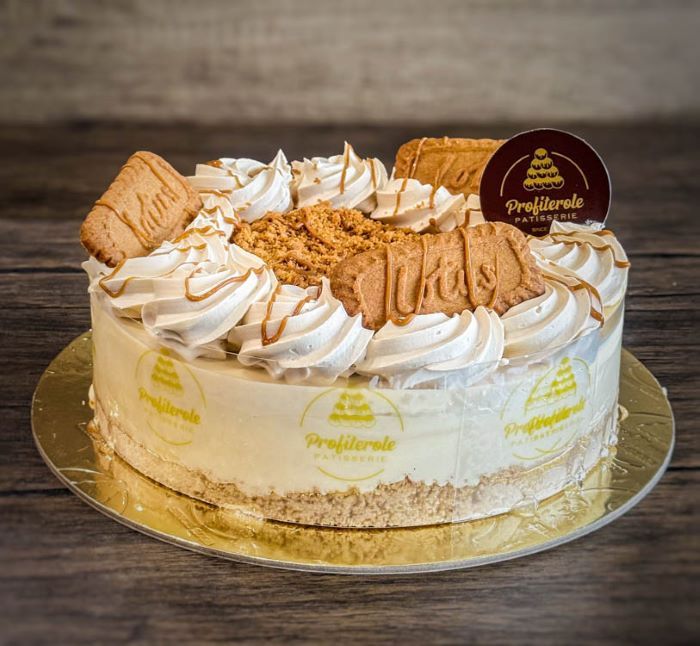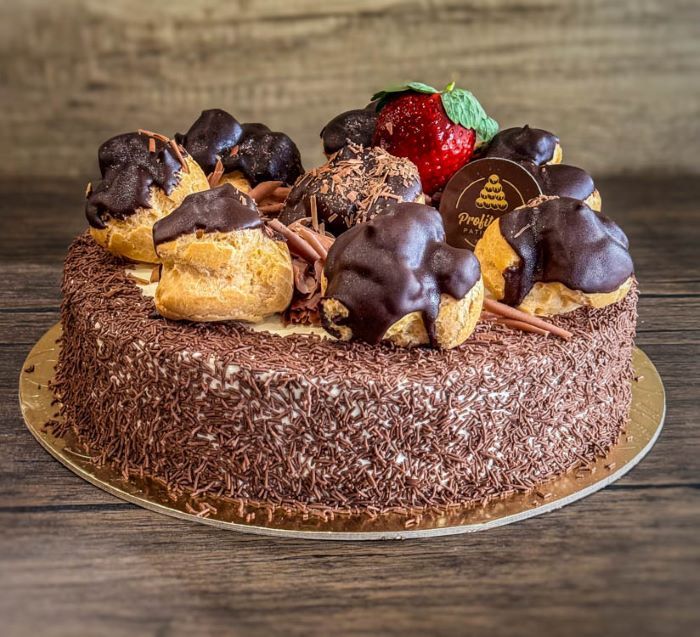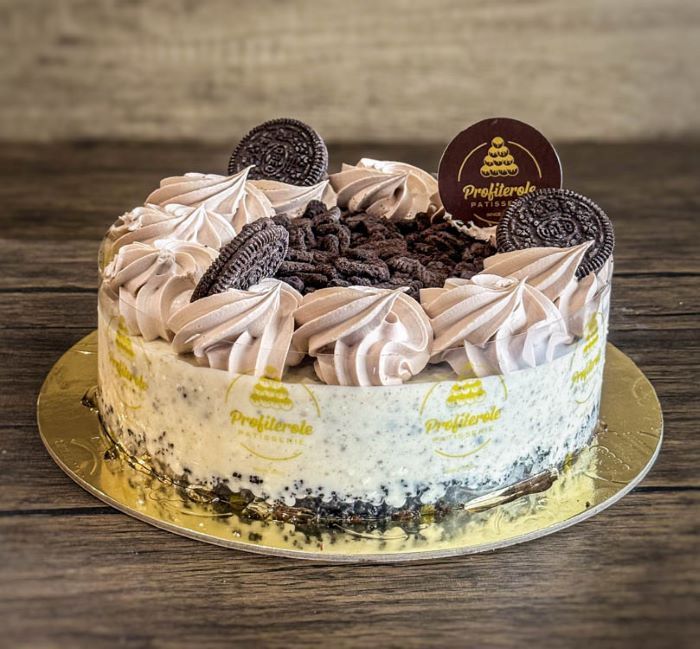Can Cakes Be Left Out? What You Need to Know About Cake Storage
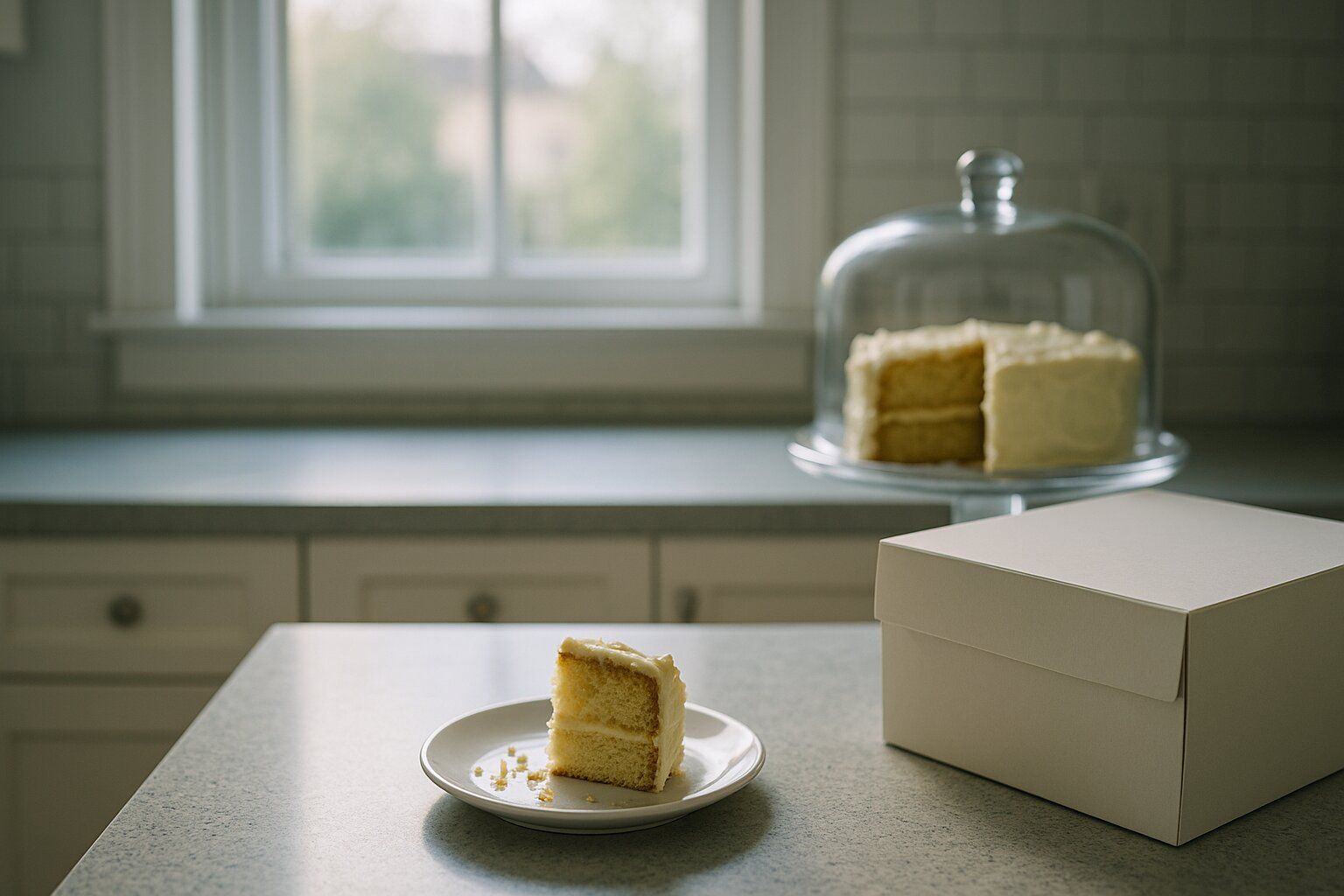
We’ve all been there. You’ve just had a birthday bash or a Sunday lunch and there’s half a cake left on the bench.
You think, “She’ll be right,” and walk away. But then a few hours pass. Then it’s the next day. Now you’re wondering, “Is this cake still safe to eat?”
Cake storage is one of those things that doesn’t get enough attention. Some cakes are fine at room temperature. Others, especially ones with cream or custard, can turn quickly.
And if you’ve ever bitten into a slice that tasted a little off, you’ll know exactly why this matters.
In this blog, we’ll break down when it’s okay to leave cake out, when it absolutely isn’t, and how to make your cakes last longer without compromising flavour or texture.
Room Temperature Rules: When Cake Is Safe on the Bench
In general, most plain cakes are safe at room temperature for about one to two days. That includes sponge cakes, butter cakes, and mud cakes without any perishable fillings.
The key is to keep them covered and away from direct sunlight or warm spots in the kitchen. A cake dome, airtight container, or even a plate with an upturned bowl on top will do the trick.
This helps prevent the cake from drying out and keeps pests away. If your cake is iced with buttercream, it can also stay out for a day or so, especially if your house isn’t too hot. But once things start warming up, the risk of spoilage goes up too.
Creams, Custards, and Fresh Fruit: Into the Fridge They Go
This is where things get more serious.
Cakes that contain whipped cream, pastry cream, mousse, cream cheese frosting, or fresh fruit absolutely need refrigeration.
These ingredients can spoil quickly, especially in warm or humid conditions, and can lead to foodborne illness if left out too long.
💡Rule of thumb: If the filling or topping needs to be kept cold before it’s added to the cake, the whole cake should go in the fridge.
So if you’re dealing with tiramisu, cheesecake, black forest cake, or anything custard-based, wrap it and chill it right away.
The same goes for cakes with fresh berries or cut fruit inside. Even if the sponge itself is shelf-stable, those juicy layers can turn quickly and affect the entire cake.
What Happens If You Leave Cake Out Too Long?
Besides going stale, cake that’s been left out too long can develop a sour or fermented taste, especially if it contains dairy.
The texture may also change; cream fillings can split or become slimy, and the sponge can go rubbery or dry.
If you see mould, of course, it’s game over.
But spoilage doesn’t always look obvious. If your cake smells odd, has a strange aftertaste, or feels too wet or mushy, it’s safest to toss it.
And let’s not forget the risk of bacteria, especially with dairy or egg-based components. That’s where refrigeration helps not just with taste, but safety too.
IMPORTANT: How to Store Cakes for Maximum Freshness?
If you want your cake to stay fresher for longer, storage is key.
Wrap Room Temp Cakes
Wrap them tightly in cling wrap or pop them into an airtight container. Keep them in a cool, dark place (the pantry works well for most of the year), but during summer, even basic cakes may benefit from some time in the fridge.
Tight Containers for Refrigerated Cakes
Wrap them to avoid them drying out. If possible, store them in a cake box inside the fridge to maintain moisture while protecting delicate decorations. And when you’re ready to serve, let the cake sit at room temperature for about 30 minutes. This brings back the softness and lets the flavours shine again.
Can You Freeze Cake?
Yes, you can freeze cakes, and it’s a game changer.
Most cakes freeze beautifully, especially vanilla sponges and mud cakes. Just wrap them tightly in plastic wrap, then foil, and store them in an airtight container. You can freeze cakes whole or by the slice, which makes it easy to grab just what you need.
To defrost, leave the cake in the fridge overnight, then let it come to room temperature before serving. The flavour holds up well, and you’ll be surprised how moist a frozen-and-thawed cake can still taste.
For cakes with delicate toppings or decorations, consider freezing the base cake and adding fresh toppings after thawing.
A Little Storage Know-How Goes A Long Way
Knowing how to store cake properly isn’t just about food safety. It’s also about keeping every bite as delicious as the first.
Cakes are made to be shared, celebrated, and savoured. So whether it’s a buttercream-topped sponge or a mango-filled masterpiece, storing it right means your cake will stay just as enjoyable for everyone the next day.
If in doubt, pop it in the fridge. And if you’re planning ahead, remember that freezing cake can be a total lifesaver. Especially during event season.
At Profiterole Patisserie, we bake fresh every day with flavour and texture in mind, and that includes helping our customers store and serve our cakes at their best. Whether you’re picking up a chocolate mousse cake or one of our fruity summer favourites, simply follow the tips above and your cake will remain fresh for you to enjoy.
Check out our entire product range here.
Written by Jason Yacoub from Profiterole Patisserie
Date written: 21/10/2025
FAQs
Can cakes be left out, and for how long?
Some cakes can be left at room temperature. But the time before it goes bad depends on the type of cake.
For example:
- Simple sponge or butter cakes can usually sit out for one to two days.
- Cakes with cream, custard, or fruit fillings need to be refrigerated right away to stay safe and fresh.
If you're unsure if you're cake can be stored at room temperature, just pop it in the fridge for safe measure.
Does cake spoil faster in warm weather?
Yes, warm weather can spoil your cake faster. Heat and humidity can speed up spoilage, especially with dairy-based cakes.
As such, if your home gets warm during the day, it’s best to keep cakes in the fridge. This is also a good practice even for plain cakes such as vanilla sponges.
Is it okay to eat cake that was left out overnight?
If the cake has no perishable fillings and was loosely covered, it’s likely still fine.
However, be cautioned that sometimes, merely looking at the cake for visual cues of spoilage or smelling it won't let you ascertain if it's still fresh.
On the other hand, if the cake contains cream, custard, or fresh fruit, it’s better to err on the side of caution and not risk it.
Can you put fondant-covered cakes in the fridge?
Fondant can get sticky or develop condensation in the fridge because of the cold and humid environment.
So if the fondant cake has a filling that needs refrigeration, pop it inside but be sure to store it in an air-tight container first to reduce moisture exposure.
What’s the best way to store leftover birthday cake?
The best way to store leftover birthday cakes is to wrap the slices individually or place the whole cake in an airtight container.
For buttercream or chocolate cakes, room temperature is fine for a day.
For anything with cream or fruit, pop it in the fridge and bring it out 30 minutes before serving to let the flavours settle.


